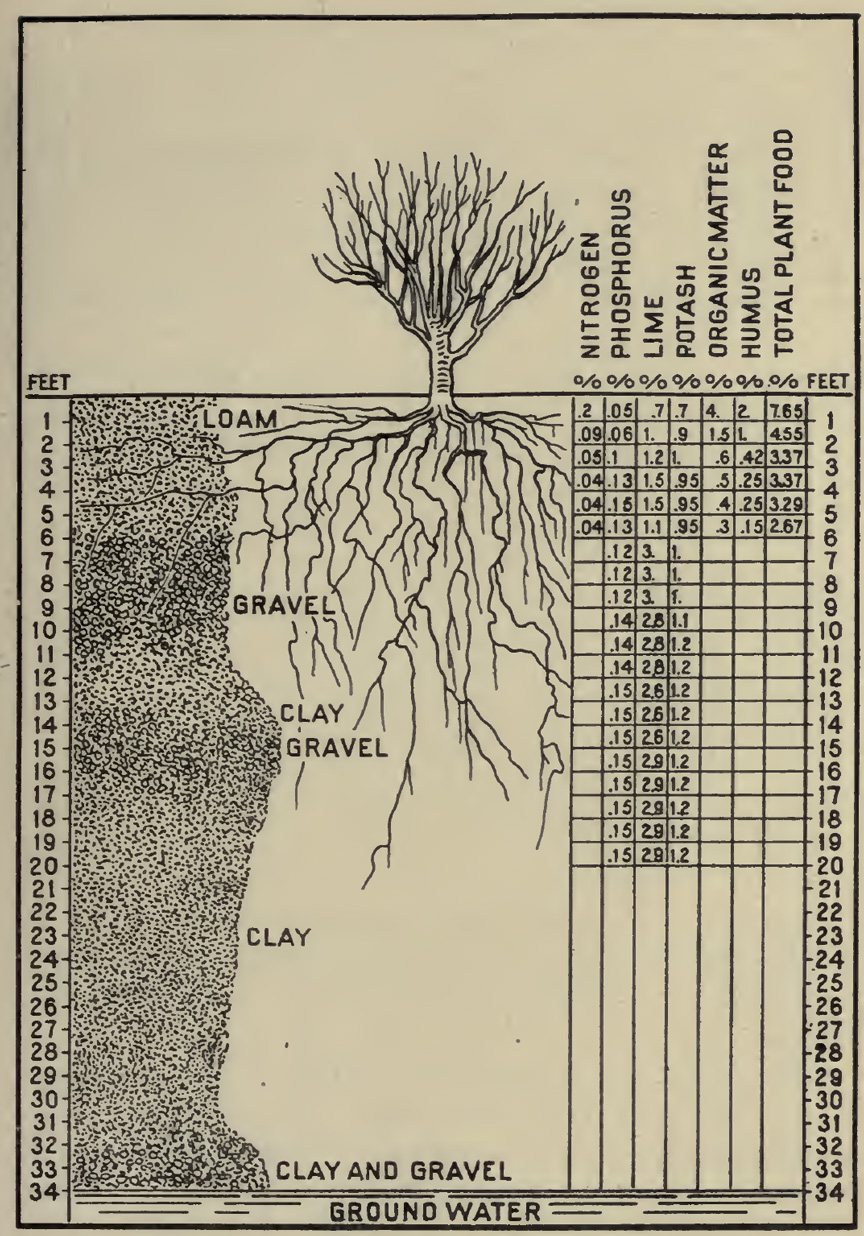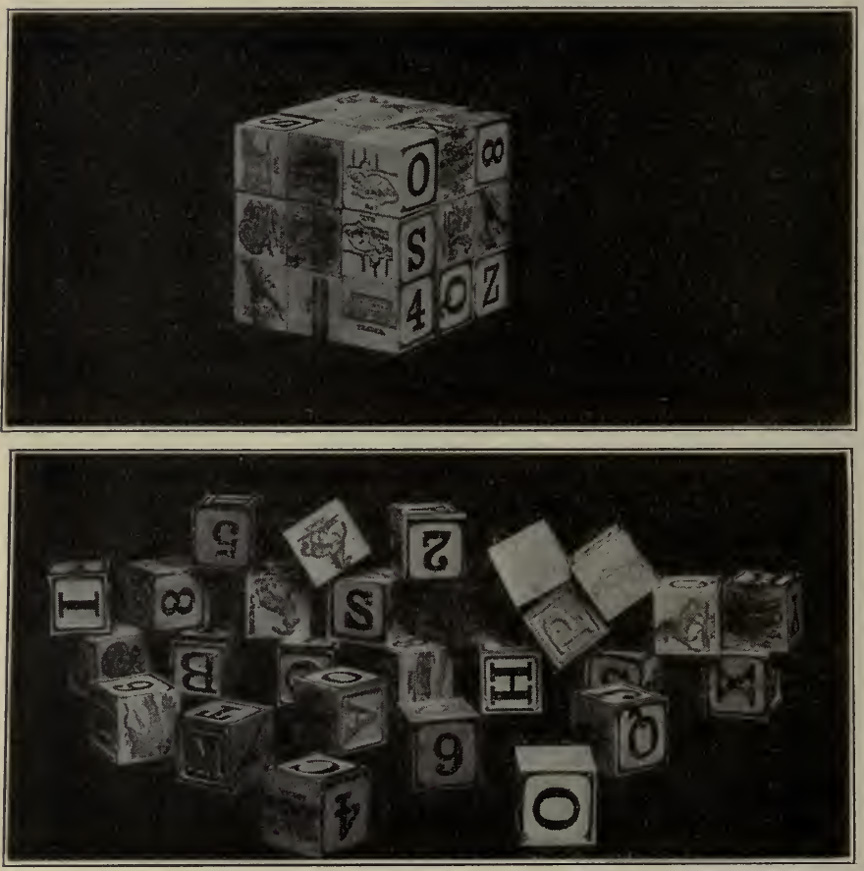VERTICAL FARMING - Gilbert Ellis Bailey, UCLA, 1915
This site gives you an overview and the download link at the end of the first publication on Vertical Farming in 1915, written by Gilbert Ellis Bailey, A.M., E.m., Phd. Professor of Geology at the University of Southern California, USA

Prof. Gilbert Ellis Bailey, University of Southern California
The document introduces the concept of “Vertical Farming”, emphasizing the use of explosives to enhance soil cultivation. Traditional farming tools only work on the surface, but deeper soil cultivation is necessary to increase the feeding zone of plant roots, improve soil moisture storage, and promote bacterial activity. The author advocates for the use of Du Pont’s Red Cross Farm Powder and Red Cross Stumping Powder as ideal explosives for this purpose.
“Vertical Farming, to coin a name, is the keynote of a new agriculture that has come to stay, for inexpensive explosives enable the farmer to farm deeper, to go down to increase his acreage, and to secure larger crops.”
The document highlights the benefits of vertical farming, such as increased productivity per acre and the ability to farm deeper for larger crops. It suggests that these practices can be applied universally, potentially revolutionizing agriculture and ensuring continued high prices for farm products. Additionally, it offers a free Farmer’s Handbook of Explosives for further guidance.

The deeper plant food might just as well be in Europe for all the attention that is usually given up
(…) “Unavailable Plant Foods. -Attention has already been called to the large amounts of mineral plant food bound up in insoluble minerals, and to the enormous amount of the highest priced plant food (nitrogen) that is present in the air but not directly available to the field crops as food. The changes that some of these must undergo in order that they can nourish the roots are chemically very complex, but, in the practice of the art of farming, can be well controlled. The nitrogen must be combined with oxygen. This change is most effectively brought about by a certain group of bacteria which grows in knots on the roots of peas, beans, clovers, alfalfa, and kindred plants. They breathe in the free nitrogen gas and combine it with other elements in such a way that large amounts are fixed and held in the soil in a combined form that is very nourishing to succeeding crops and also to the crop with which they grow. (…)
In badly drained land the phosphorus is often found combined with iron in little balls of “bog ore ” that are very insoluble. Many other examples of combinations of plant foods could be brought out going further to show how the air, water and bacteria assist the changes. In every case the benefits brought about demand deep stirring of the soil, such as is produced by exploding small charges of slow powders in the subsoil and opening a way for the liberators of plant food. No other practical method can bring about the desired results.” (…)

Toyblocks - surface: Above picture: 54 square feed, picture below: 162 square feet
(…) “The fewer the lines of weakness the more close and cloddy the structure. What will granulate soil to the depths quicker than explosives? It is admitted that present machinery can only increase the feeding zone of the roots an inch or two. What can explosives do in this line? A cubic yard of hard soil has 6 faces and 9 square feet in each face, or a total of 54 square feet. Divide it into 1 foot cubes and there are 162 feet of surface. Break it into inch cubes and it presents 1944 square feet, or nearly 1/20 of an acre of feeding surface for the roots.
A single cartridge of explosive can easily convert several yards of compact and useless hardpan into half an acre of new feeding ground. Costly, massive, improved machinery enables the farmer to spread out his operation, to move horizontally, and handle more acreage in the same time, and he is ever eager to double and treble his holdings of fertile soil. What is wanted is something that enables him to move vertically down and double his acreage, and double his yield by doubling the fertility of the soil, by doubling the depth of the feeding zone, by doubling the water supply, by cultivating the ground to double and treble the former depths.
“Vertical Farming,” to coin a name, is the keynote of a new agriculture that has come to stay, for inexpensive explosives enable the farmer to farm deeper, to go down to increase his acreage, and to secure larger crops. Instead of spreading out over more land he concentrates on less land and becomes an intensive rather than an extensive agriculturist, and soon learns that it is more profitable to double the depth of bis fertile land than to double the area of his holdings, and he learns that his best aid and servant in this work is a good explosive.
Peace congresses demand that swords be turned into pruning hooks. The farmer is busy turning explosives from war to agriculture, from death dealing to life giving work.” (…)

Sigillum Universitatis Californiensis, 1868 :: Gift of Presidental Office